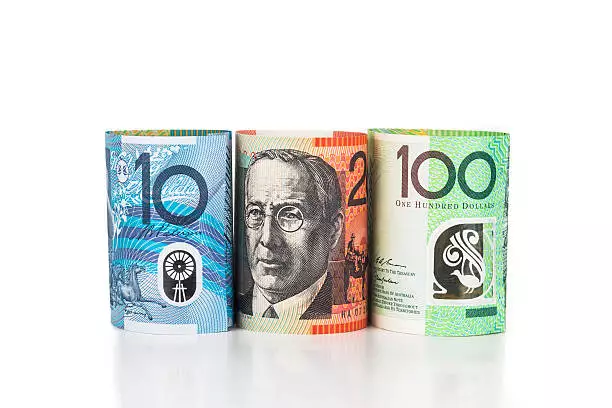In a significant move today, the Reserve Bank of Australia (RBA) announced a reduction in its interest rate from 4.35% to 4.10%. This adjustment, the first in nearly three years since the onset of the pandemic, signals the RBA’s response to the evolving economic landscape. Governor Michele Bullock was quoted expressing a skeptical outlook on market expectations, particularly regarding predictions for two additional cuts this year. This cautiosity reflects the bank’s careful navigation through turbulent economic waters as it assesses the impact of external variables on domestic growth.
The initial market response to the RBA’s decision was notable for its volatility, particularly in the AUD/USD currency pair. Following the announcement, fluctuations in the exchange rate were evident, although no drastic revaluation occurred. Traders appeared to pivot their focus towards external factors, predominantly the implications of former President Trump’s tariff strategies. These anticipated moves could reverberate through global trading networks, thus overshadowing domestic fiscal adjustments.
This environment has resulted in heightened sensitivity among currency traders, as they attempt to decipher the myriad influences on the foreign exchange landscape. With major geopolitical events such as shifts in US trade policy on the horizon, the forex market’s attention is drawn away from local monetary decisions.
From a technical standpoint, the AUD/USD pair has predominantly oscillated within the confines of the 0.6200 to 0.6300 range since mid-December, with an exception seen in early February when the market reacted sharply to news of Trump’s tariff considerations. This incident caused a brief yet significant dip to approximately 0.6100 before the Australian dollar quickly regained strength, showcasing its recoverability despite initial market shockwaves.
The chart analysis reveals a potential blue ascending trend channel, indicating resilient demand for the Aussie dollar. Traders may observe that the 0.6300 threshold could serve as a pivotal support level in forthcoming sessions. A consistent rebound following brief downturns suggests a reestablished confidence in the value of the Australian currency.
Looking ahead, the RBA’s cautious approach, juxtaposed with the ongoing turbulence in international trade relations, paints a complex picture for the Australian economy and its currency. As analysts weigh potential future cuts against a backdrop of intricate global dynamics, the Australian dollar may navigate a bumpy road in the short to medium term.
Expectations of sustained demand for Australian exports and a keen interest in the effectiveness of monetary policy may influence investor sentiment. Forex traders must remain attuned to immediate economic data and global news trends to adapt strategies effectively amidst these uncertainties.
While the RBA’s decision to lower interest rates marks a pivotal moment, the interplay of local monetary policy with global economic perspectives will consider vital for future currency valuation and trade stability.

